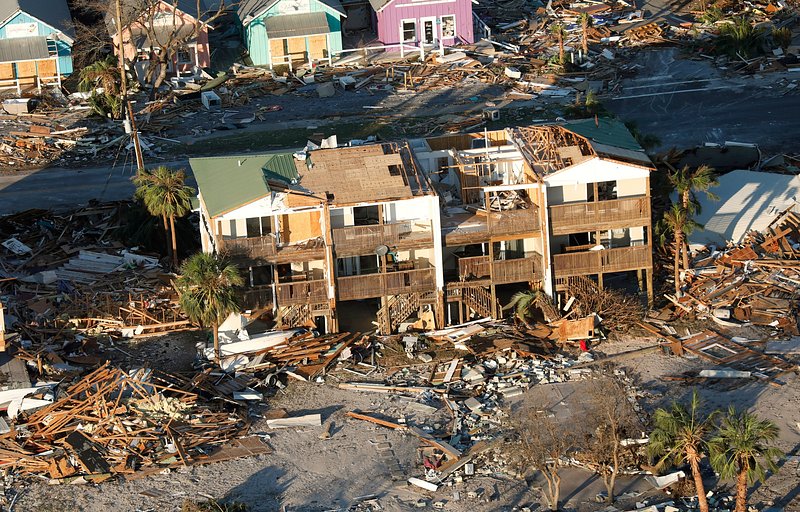Another Blow to a Nation Already in Ruins
On Thursday night, southeastern Afghanistan was hit by a magnitude 6.2 earthquake, marking the third major tremor in less than a week to strike the region. This latest disaster has driven the confirmed death toll above 2,205, compounding the devastation wrought by the initial 6.0-magnitude quake on Sunday.
Eastern Provinces Suffering Unimaginable Loss
The deadly quakes have primarily impacted Kunar Province, where most structures made of mud and wood collapsed. Rescue operations have reached remote villages—some only accessible on foot or via helicopter—revealing that nearly 98% of buildings were damaged or destroyed.
Exhausted Rescue Operations, Muted Aid Response
Rescuers continue to dig through rubble under harrowing conditions—landslides, harsh terrain, and lingering aftershocks pose significant threats. Compounding the crisis is a sharply reduced aid pipeline: international assistance has been severely limited due to donor fatigue, funding restrictions, and political unrest following the Taliban’s return to power in 2021.
Humanitarian Catastrophe Deepens
- The combined impact of the earthquakes has affected approximately 84,000 people, many of whom have lost their homes, livelihoods, and family members.
- Aid agencies warn that without urgent funding, essential services—including food, medicine, and shelter—could collapse entirely in the coming weeks.
What This Means for Afghanistan
This catastrophic sequence of quakes underscores Afghanistan’s perpetual vulnerability to natural disasters—made more tragic by fragile infrastructure, geographic barriers, and political instability. Each seismic event has not only crushed communities but also exposed the country’s eroded preparedness and the diminishing global willingness to assist.










